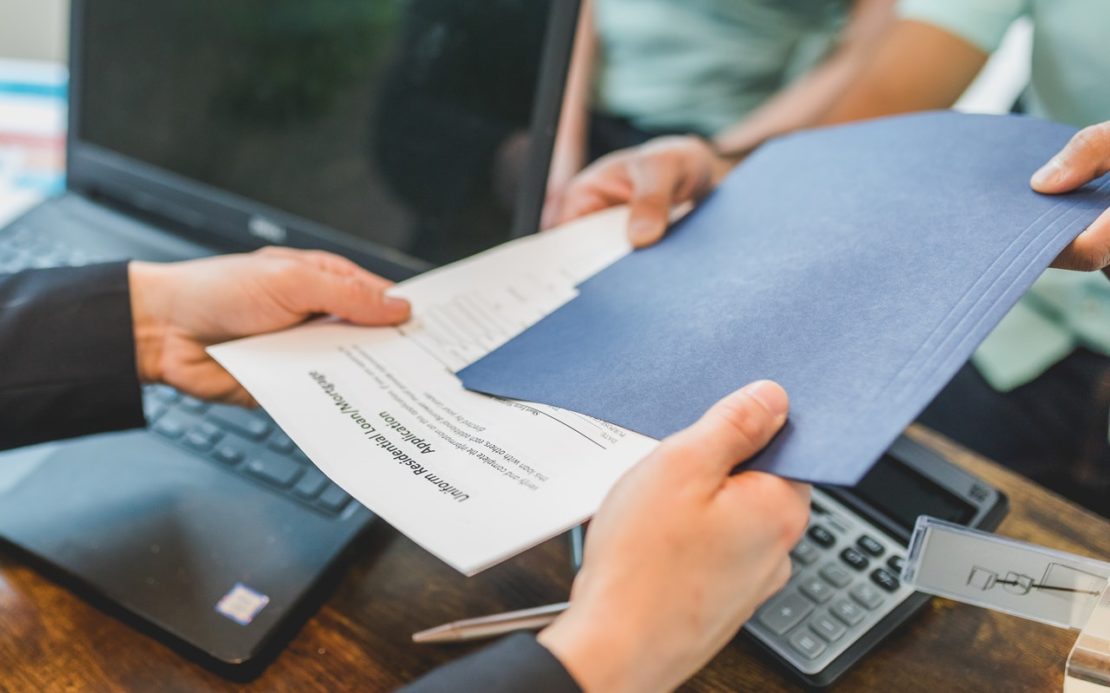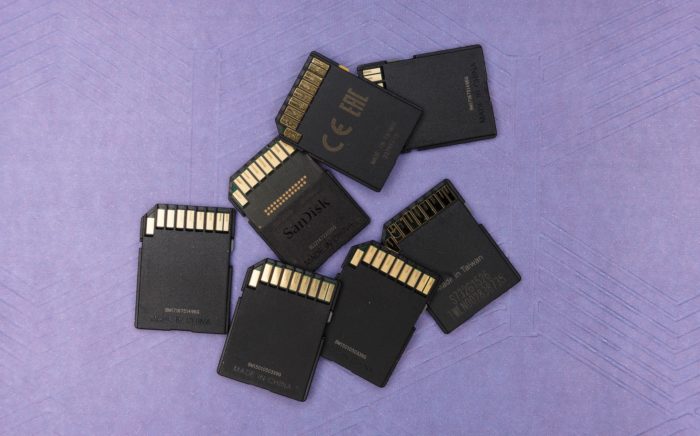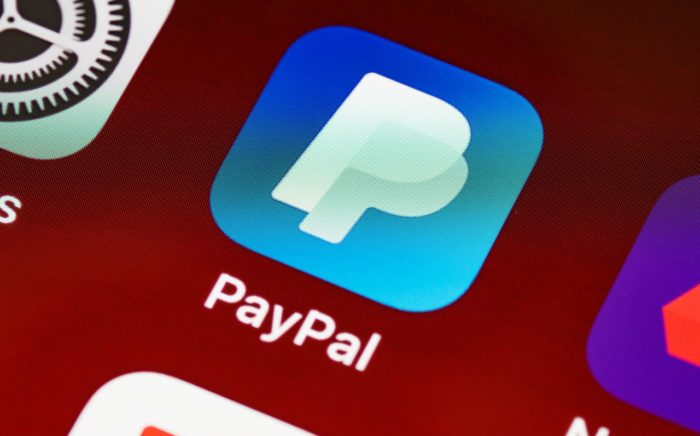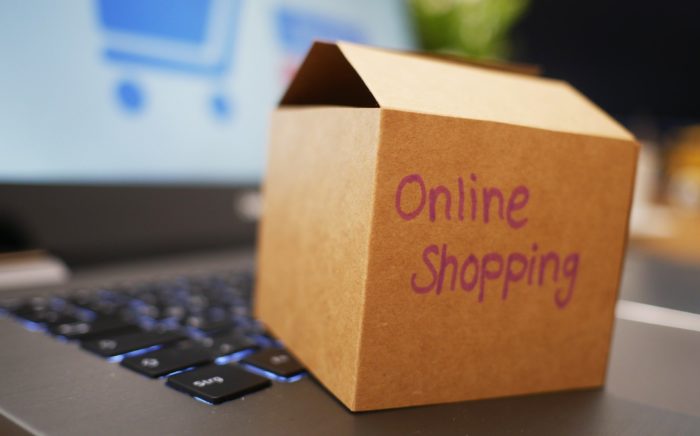Table of Contents
As a seller on Amazon, your seller ID is crucial as it is a unique string that identifies you and your storefront.
This seller ID will be used in all of your transactions across Amazon with your different buyers.
If you’re confused about how to find your Amazon seller ID, this guide will help you out.
Quick Summary
In this post, we will discuss:
- Amazon Seller ID and merchant tokens
- How you can find your Seller ID
- How you can find your merchant token
So, let’s get into it.
What is an Amazon Merchant or Seller ID?
A merchant ID, also known as a Seller ID on Amazon, is a unique string of numbers that identifies you and your storefront.
It is present in the URL for your products as well as your storefront.
This Seller ID is something you may require from time to time to sign up for different services offered by Amazon to its sellers as well as to create special URLs for your products.
Your Seller ID is publicly available and anyone can look it up by visiting your storefront. Not to word though as no one can harm you or your business just by knowing your Seller ID.
How do I Find My Amazon Seller ID?
The easiest and quickest way to find your seller ID is to go to your Amazon storefront’s URL.
Step 1: To go to your storefront, either find the link to it within your Amazon Seller Central account or go to one of your product listings and click the link in the “Sold by” section as shown:
Step 2: Once you click on the storefront, look towards the URL in the address bar.
Step 3: You will see two IDs. One of them is the Amazon Marketplace ID. This identifies which Amazon marketplace you’re a seller on (e.g., Amazon.com, Amazon.co.uk, etc.). This is the ID that comes later in the URL.
The other ID that comes first is your Seller ID.
It appears as “me=[Your Amazon Seller ID]”
In the screenshot given above, the Amazon seller ID is “A43MW92ACKLFE2A”.
What is a Merchant Token?
Your merchant token can be thought of as a private ID number.
It’s essentially an API key which means you can use it to authenticate yourself in order to use different Amazon MWS apps
Important note: MWS apps have the ability to make significant changes to your account settings and other aspects once you provide them access using your Merchant Token. Hence, read the terms and conditions of these apps carefully and be vigilant about who you provide your merchant token to.
How do I Find My Merchant Token?
We’ve figured out how to find out your Seller ID.
Next, let’s talk about how you can figure out what your merchant token is.
To find out your merchant token, follow these simple steps:
Step 1: Go to your Amazon Seller Central account.
Step 2: Hover your cursor over “Settings” in the top-left part of the screen and click on “Account Info” as shown:
Step 3: In the “Business Information” section, look for the “Merchant Token” link and click on it as shown:
Step 4: You’ll be taken to a page that shows you your merchant token as shown:
Alternatively, you can also click this link directly to go to your Merchant Token page:
https://sellercentral.amazon.com/sw/AccountInfo/MerchantToken/step/MerchantToken
Just ensure that you are logged into your Amazon Seller Central account before you click on this link.
Frequently Asked Questions (FAQs)
1. How long does Amazon Seller Identity Verification Take?
Once you have correctly filled out all pertinent information for verification, it will typically take about three days for your Amazon Seller account to be verified.
Ensure that the information you provide is accurate and meets all specific criteria.
2. Do I Need a Business Lisence to be Able to Sell on Amazon?
No, you do not need a business license to be able to sell products online and this includes Amazon.
The reason for this is that most items that are sold on Amazon are not federally regulated.
The majority of the products that are sold online are consumer products that do not need the government’s approval.
3. What do I Need to be Able to Sell on Amazon?
Here are some requirements to be able to open an Amazon Seller account:
- A business email address or an Amazon customer account
- A chargeable credit card
- Government-issued ID
- Accurate and updated tax information
- Updated and active phone number
- An active bank account to receive proceeds from your sales on Amazon
4. How Difficult is it to Become an Amazon Seller?
The process for setting up a business on Amazon is fairly straightforward. If you opt for Amazon FBA, then the process is even simpler since Amazon handles the shipping for you.
While it’s easy to get started on Amazon, becoming successful on it is the tricky part.
For that, you’ll really have to do some research on your competitors in order to provide an edge that sets you apart from them.
5. How Much Does an Amazon Seller Make?
As of October 2021, according to Zip Recruiter, the average Amazon seller makes about $45,080 per year.
Here’s a breakdown for you:
| Category | Annual Salary | Monthly Salary |
|---|---|---|
| Top Sellers | $69,500 | $5,791 |
| 75th Percentile | $50,000 | $4,166 |
| 50th Percentile (Average) | $45,080 | $3,756 |
| 25th Percentile | $32,500 | $2,708 |
6. What Percentage does Amazon take for Each Sale that a Seller Makes?
Individual sellers are required to pay $0.99 for each item they sell on Amazon.
In addition to this, they have to pay closing fees which are variable and can range from $0.45 to $1.35.
Professional sellers also pay variable closing as well as referral fee percentages which can range from 6% to 25% (they have an average of 13%).
7. Does Amazon Cover Shipping Costs for Sellers?
That depends on whether you’re an Amazon FBA seller or an Amazon FBM seller.
FBA sellers don’t have to pay for shipping, handling, or packaging. All of that is handled by Amazon.
On the other hand, FBM sellers have to handle the shipping and packaging by themselves and they also have to pay for it.
Wrapping Things Up…
Amazon Seller IDs and merchant tokens are important because they help identify and distinguish between sellers on the platform.
We hope you were able to find your Amazon Seller ID through this post.
Feel free to refer back to us for any further information.




